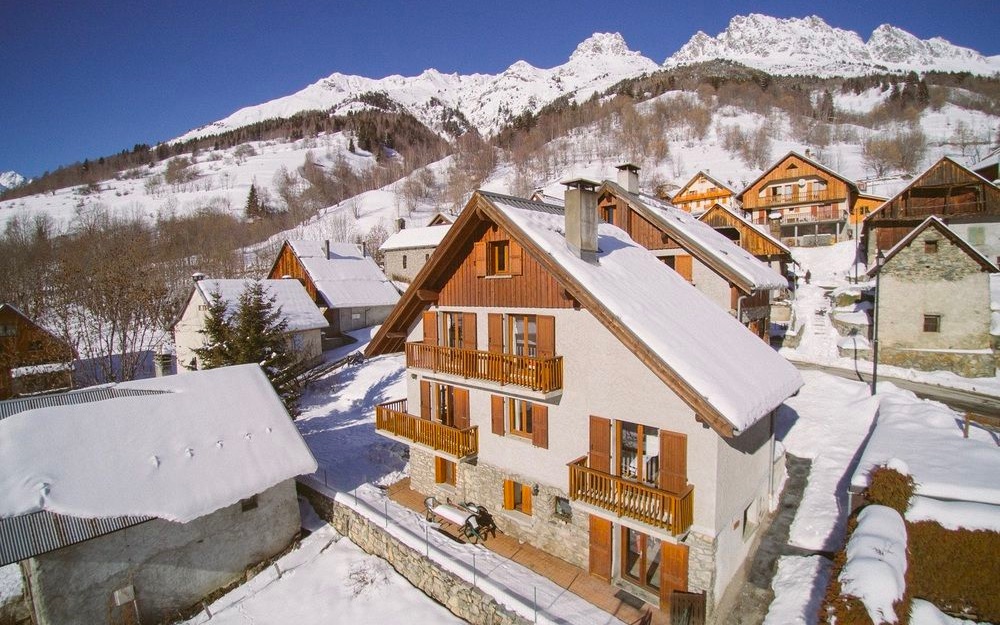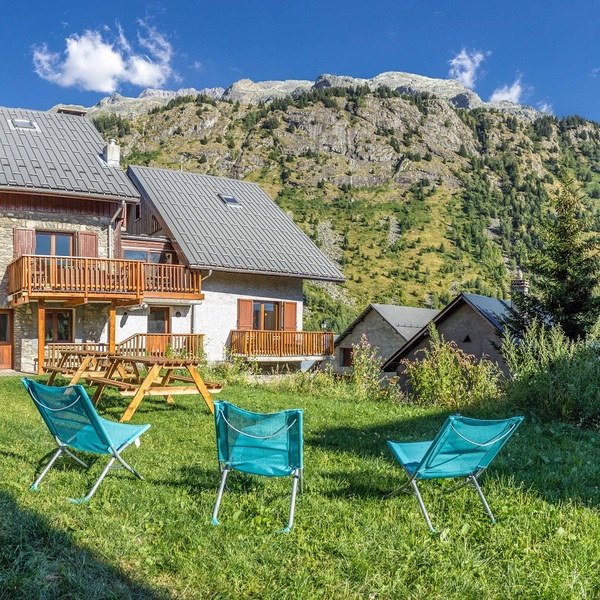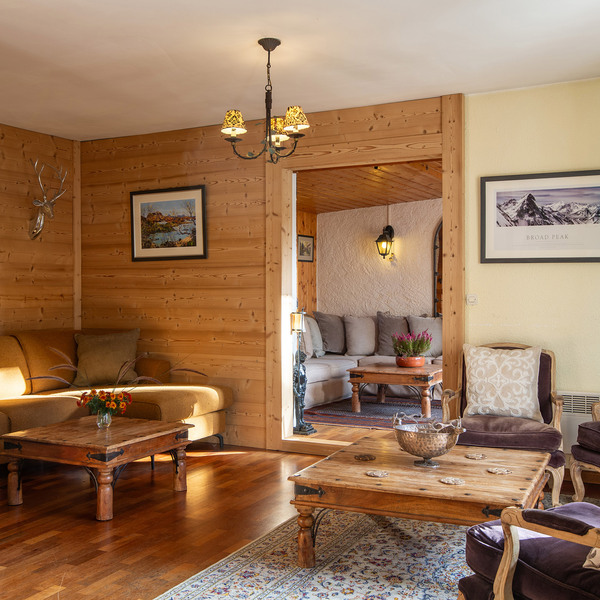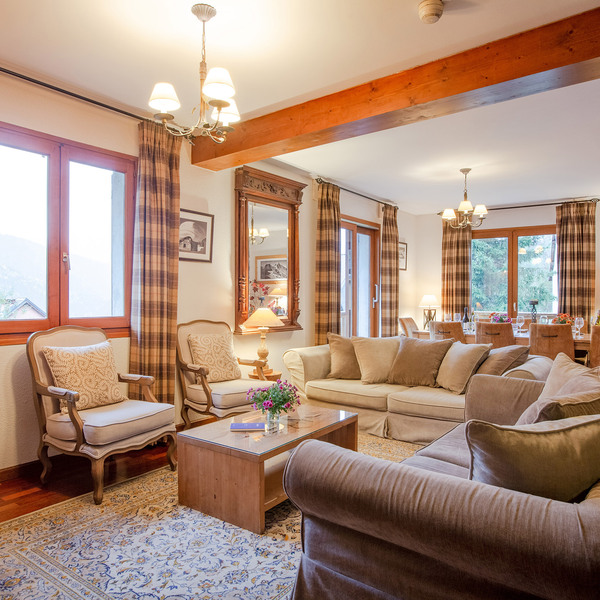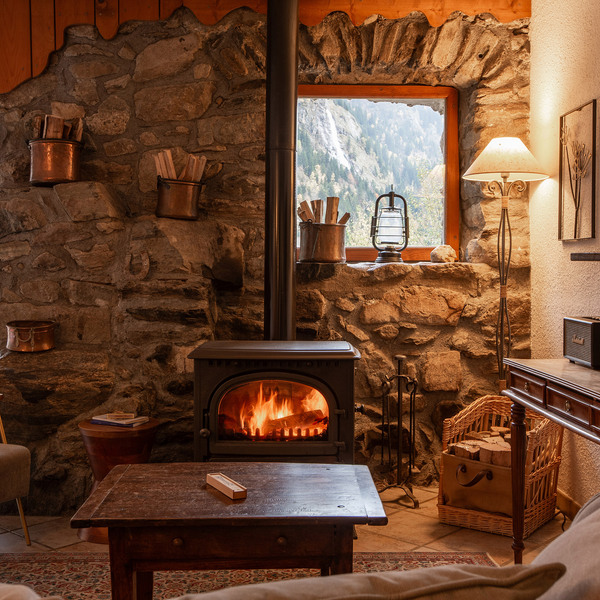There's something undeniably magical about hiking, whether that be in the Alps of Vaujany or further afield. In this article we look at New England, for a breath of fresh air. The amalgamation of dramatic coastlines, vibrant fall foliage, snow-capped peaks, and tranquil forests makes it a hiker's paradise. From the rugged charm of the Appalachian Trail to the serene beauty of Acadia National Park, New England's diverse landscapes offer trails for every level of hiking enthusiast.
However, successfully navigating these varied terrains requires careful planning and preparation. This guide will provide a comprehensive overview of how to maximize your hiking experiences in New England's breathtaking landscapes.
Understanding the Seasons
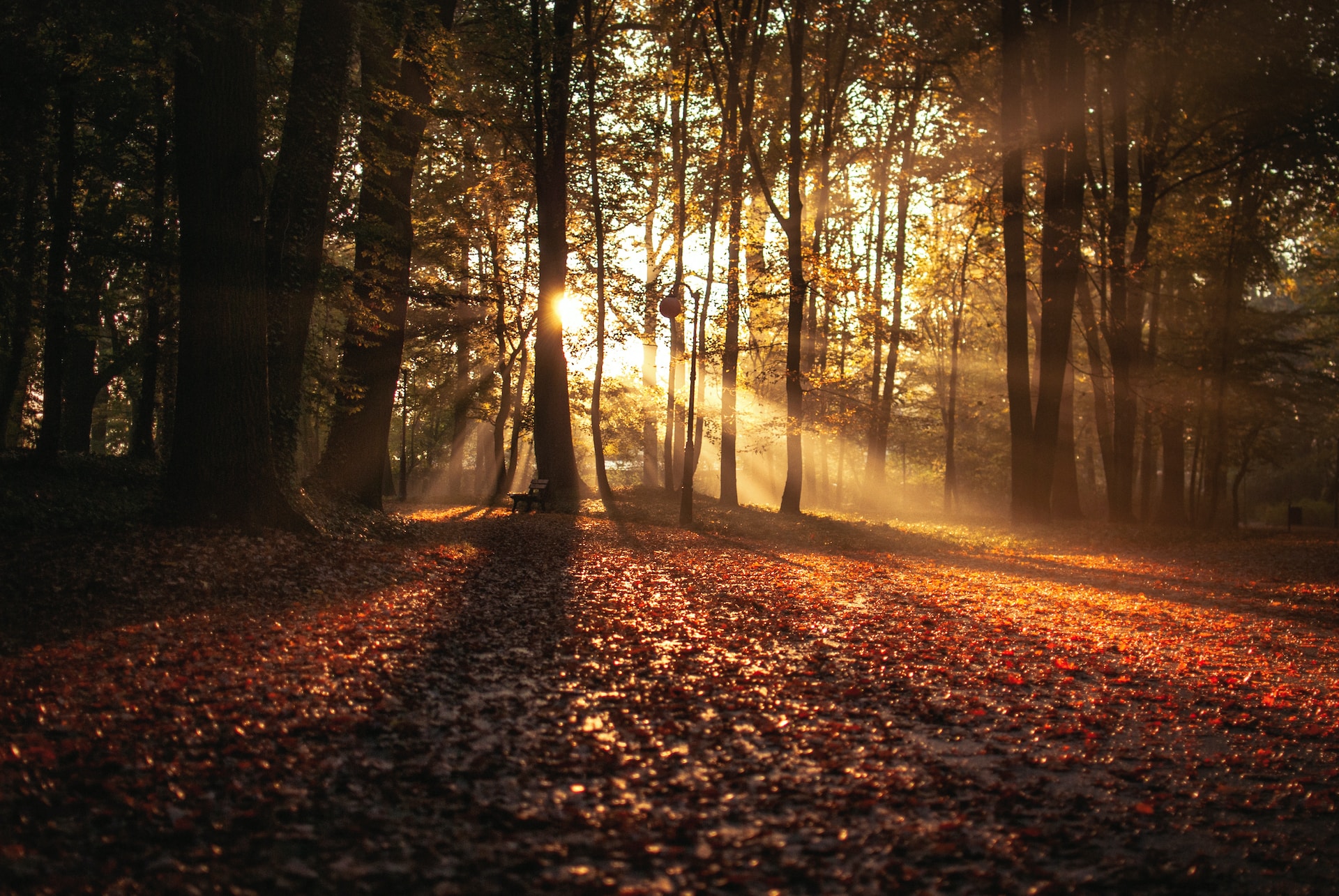
The season during which you plan your hike can significantly impact your experience. New England is renowned for its seasonal variety, each offering a unique backdrop for your adventures.
Spring unveils a landscape blossoming with new life. It's the perfect season to witness roaring waterfalls and an array of wildflowers. Summers offer pleasant temperatures and a plethora of greenery, an ideal time for coastal hikes and forest trails. Fall, perhaps the most iconic season in New England, paints the landscapes with hues of red, orange, and gold, while winter turns the region into a snowy wonderland, great for snowshoeing and winter hiking.
Selecting Your Trail: New England Tours
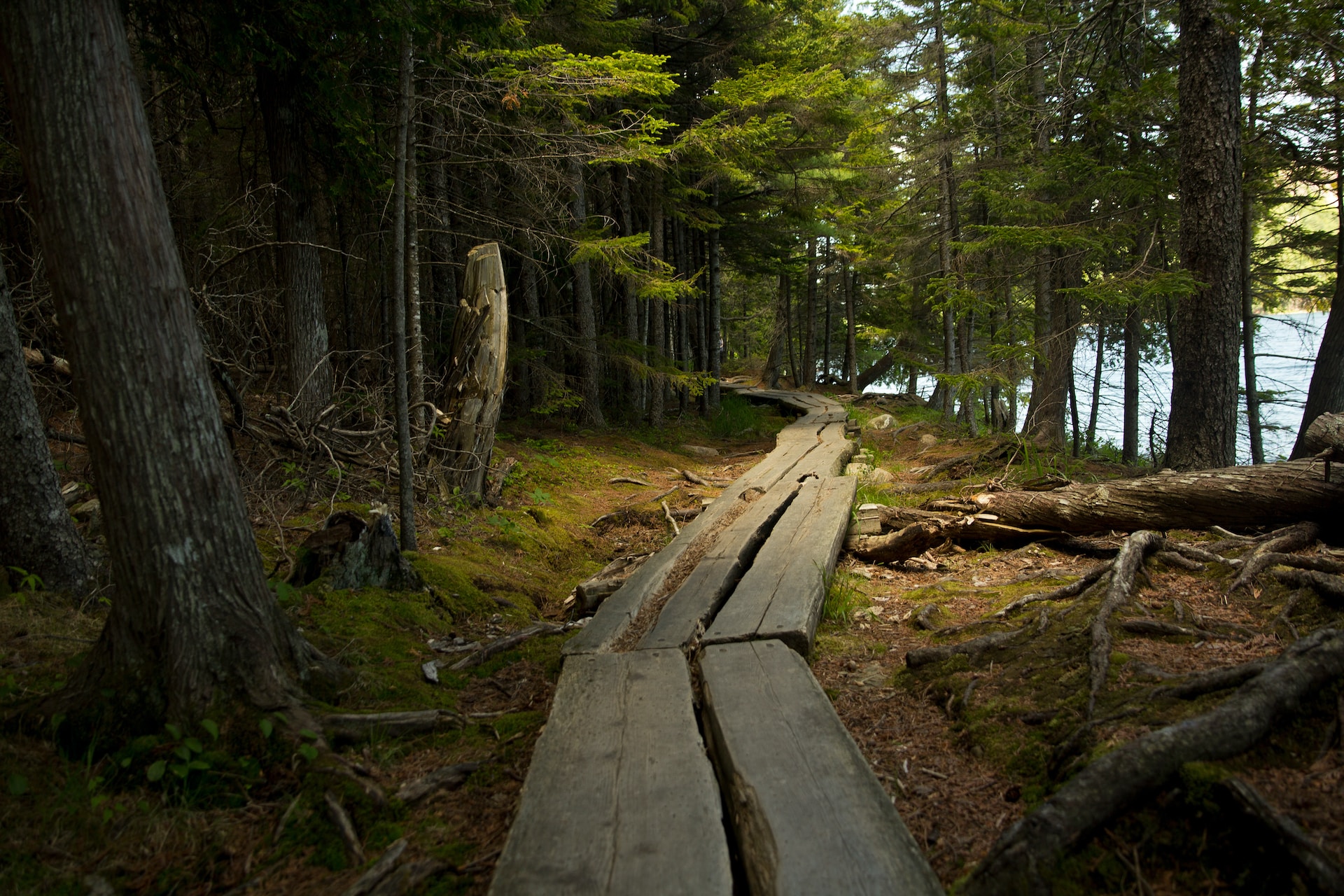
Whether you're a beginner or an experienced hiker, New England tours offer an extensive selection of trails that cater to all abilities and interests. Here are a few iconic trails to consider:
- Appalachian Trail: Stretching over 2,000 miles from Georgia to Maine, the New England section of this trail offers challenging climbs, idyllic forests, and stunning panoramic views.
- Acadia National Park: Located in Maine, this park offers over 120 miles of trails, varying from easy coastal walks to strenuous mountain hikes.
- White Mountains: In New Hampshire, the White Mountains host over 1,200 miles of hiking trails, including a section of the Appalachian Trail and the strenuous, yet rewarding, Mount Washington hike.
- Green Mountain National Forest: Vermont's Green Mountains offer diverse trails, including the famous Long Trail, the oldest long-distance trail in the United States.
Remember to choose a trail that matches your fitness level and hiking experience. Consider factors like distance, elevation gain, trail conditions, and weather.
Gearing Up
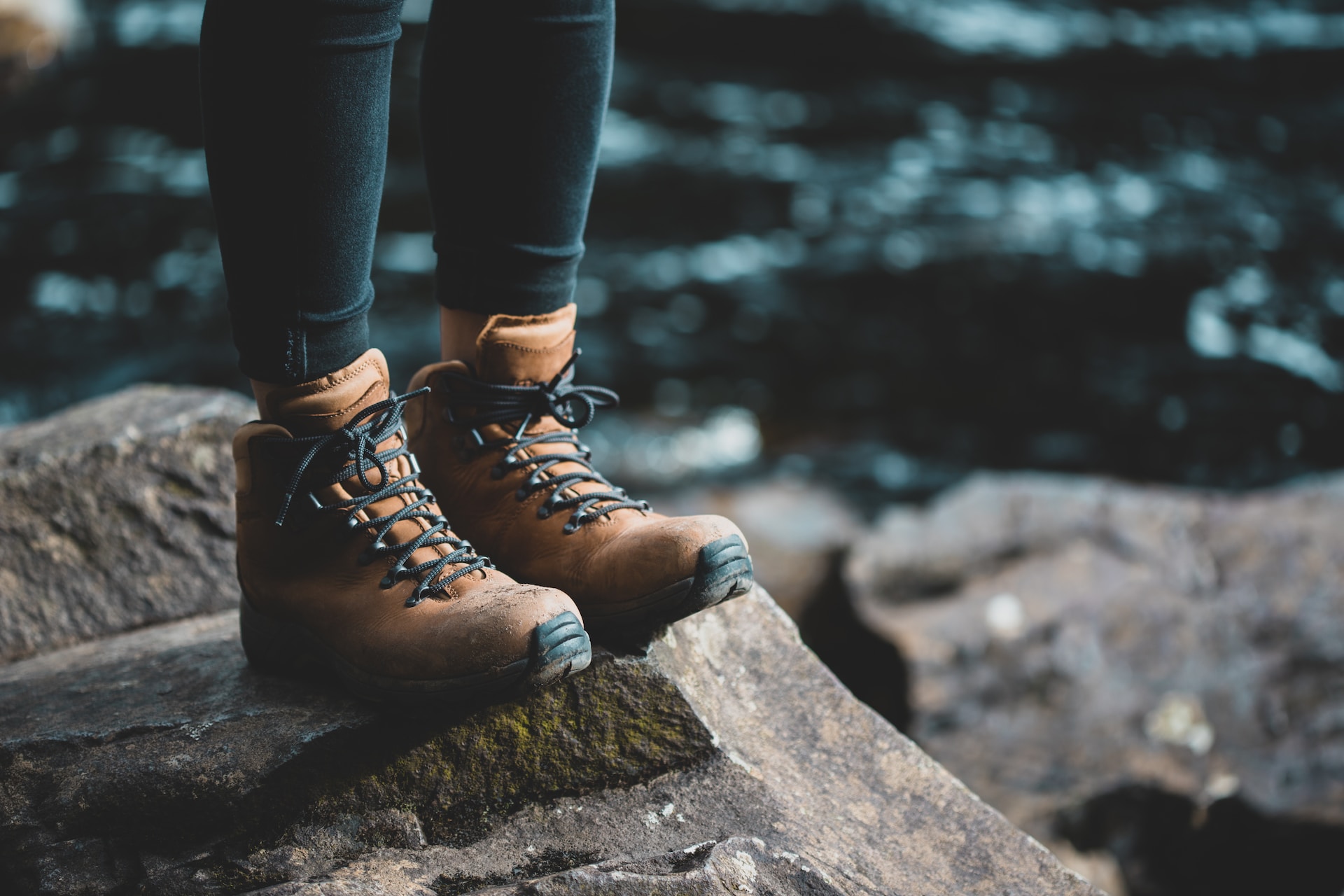
Footwear is arguably the most critical component of your hiking gear. The right pair of shoes can make the difference between a memorable hike and a painful ordeal. If you're dealing with overpronation, which is a tendency for your foot to roll inward when you walk or run, selecting the best hiking shoes for overpronation becomes even more crucial. These shoes provide extra support to keep your foot stable and aligned, reducing the risk of injuries and improving comfort.
When selecting shoes, consider factors such as fit, comfort, support, traction, and water resistance. Try them on with the socks you intend to wear during your hikes and walk around to ensure they feel comfortable. If you're planning on tackling rocky or slippery terrain, look for shoes with excellent traction. For hikes in wet or snowy conditions, opt for water-resistant or waterproof shoes.
Remember, even the best shoes won't make up for a lack of conditioning. So, make sure to break in your hiking shoes and build up your foot and ankle strength before hitting the trails.
Staying Safe on the Trails

Safety is paramount when hiking, regardless of the trail's difficulty level. Always inform someone about your hiking plan, including the trail you're taking and your expected return time. Carry a map and a compass and know how to use them. Even if you rely on a GPS, having these traditional navigation tools as a backup is essential.
Pack a well-equipped first aid kit and know the basics of first aid. Stay hydrated, protect yourself from the sun, and dress in layers to adapt to changing weather conditions. Remember to respect wildlife, maintain a safe distance, and never feed the animals.
Respect the Trails: Leave No Trace Principles
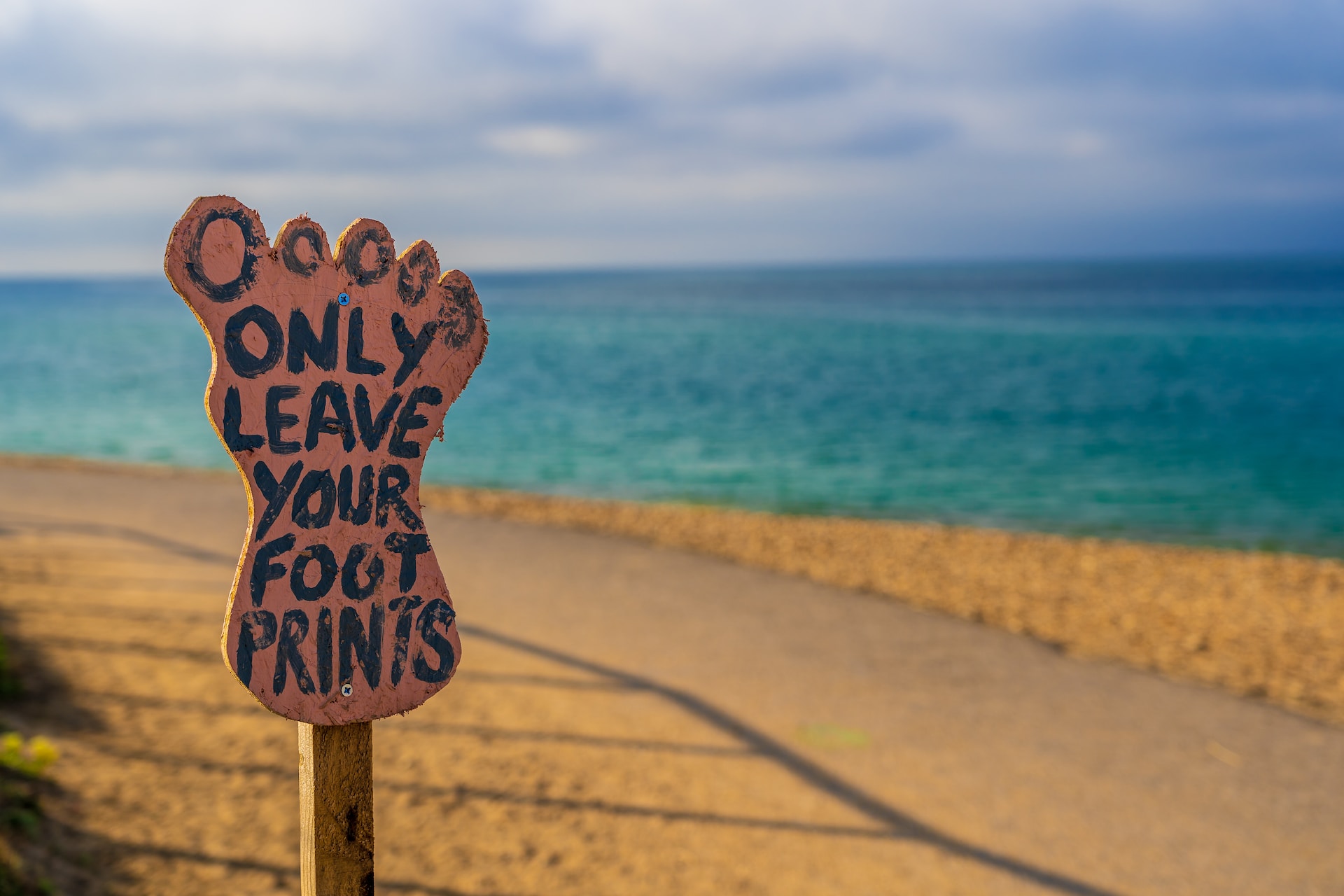
To ensure the longevity and natural beauty of New England's hiking trails, it's essential that every visitor adheres to the Leave No Trace principles. These guidelines, which promote conservation in the outdoors, involve the following seven practices:
- Plan Ahead and Prepare: Understand the regulations and special concerns for the area you'll visit. Prepare for extreme weather, hazards, and emergencies.
- Travel and Camp on Durable Surfaces: Stick to established trails and campsites. Walk single file in the middle of the trail, even when it's wet or muddy, to avoid further eroding the path.
- Dispose of Waste Properly: Pack out all trash, leftover food, and litter. Use restrooms when available or dig a cathole 6-8 inches deep at least 200 feet from water, camp, and trails for human waste.
- Leave What You Find: Preserve the past and the environment. Don't touch cultural or historical structures and artifacts. Leave rocks, plants, and other natural objects as you found them.
- Minimize Campfire Impact: Use a camp stove for cooking and enjoy a candle lantern for light. If you must build a fire, do it in a way that leaves no trace.
- Respect Wildlife: Observe wildlife from a distance and never feed animals. Control pets at all times, or leave them at home.
- Be Considerate of Other Visitors: Respect other visitors and protect the quality of their experience. Avoid loud noises and voices. Keep your pets under control.
By following these principles, you ensure that New England's beautiful landscapes and trails will remain preserved for future generations to enjoy.
Conclusion
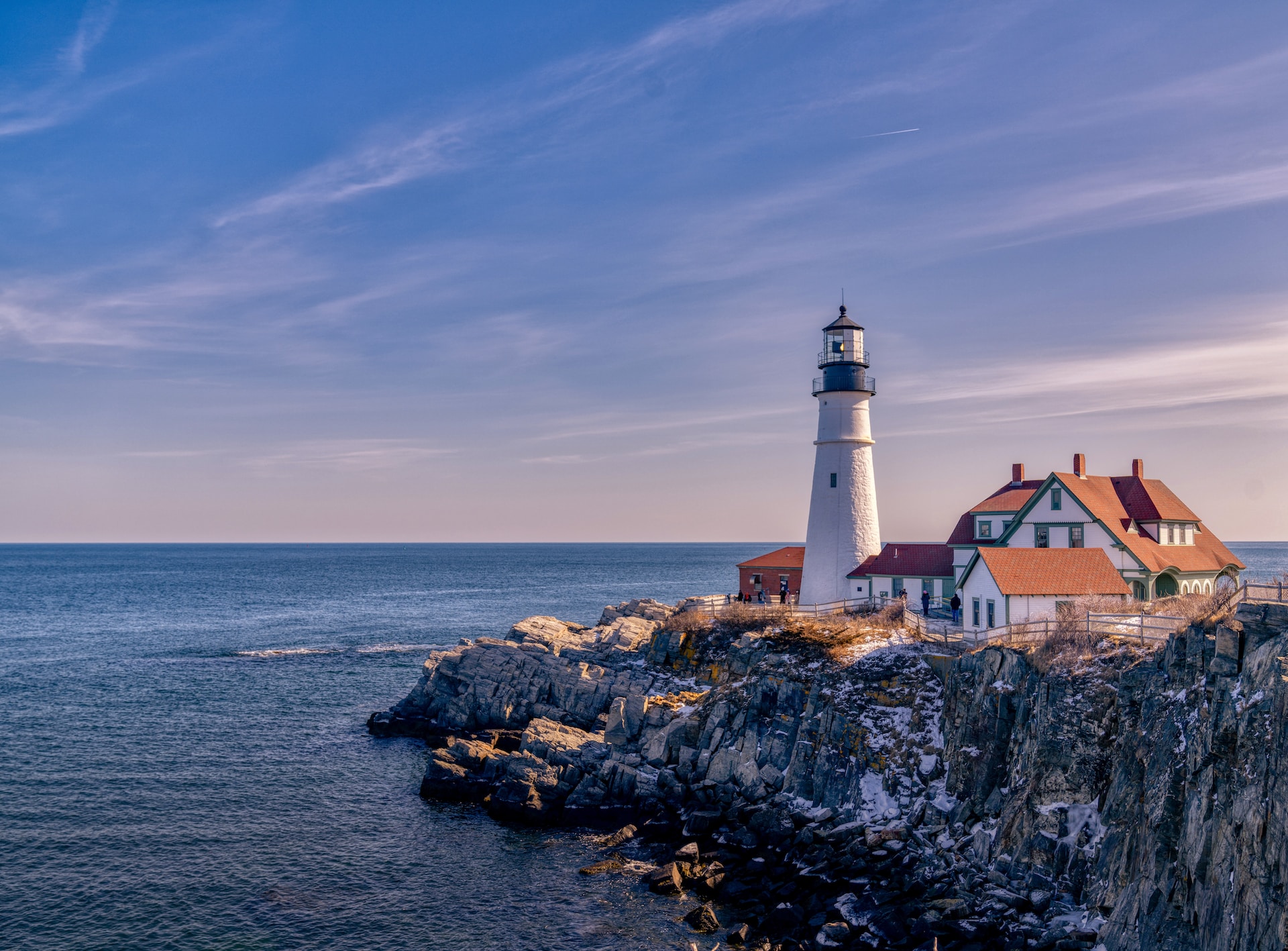
New England offers a rich tapestry of stunning landscapes waiting to be explored on foot. From lush valleys and majestic mountains to dense forests and captivating coastlines, each hike leads to an unforgettable adventure. With the right preparation, gear, and respect for nature, your hiking experience in New England will be a journey filled with awe-inspiring moments, personal growth, and a deeper connection with the natural world. Pack your spirit of adventure and let the trails of New England guide you to places of extraordinary beauty and tranquility.
Tagged with;



